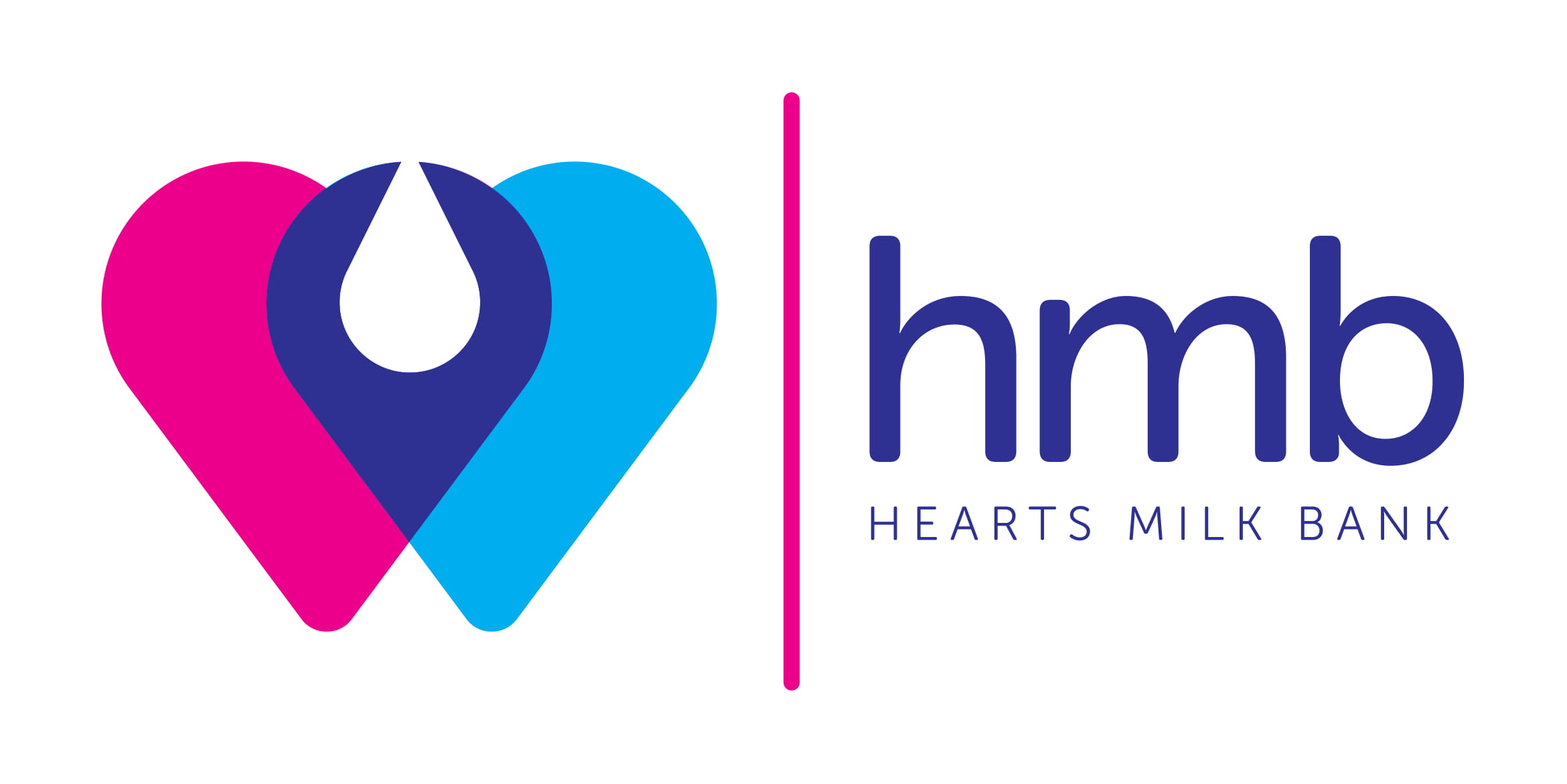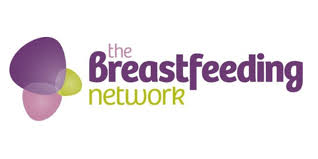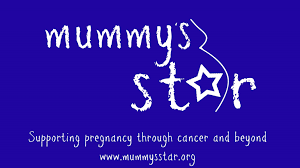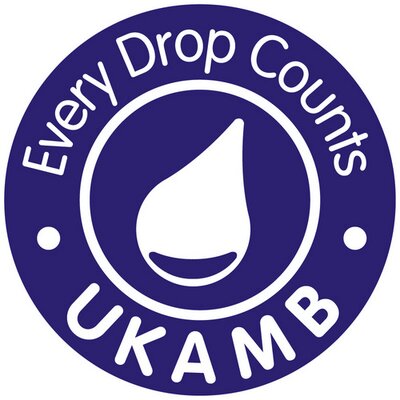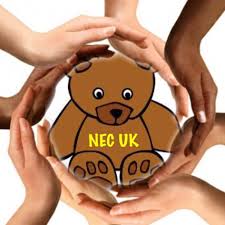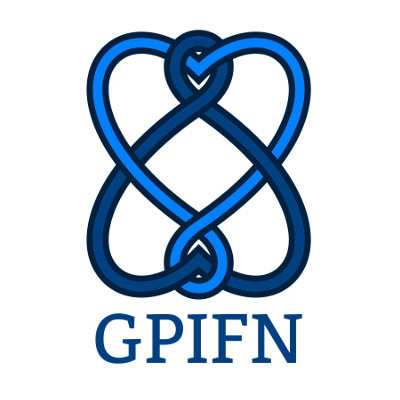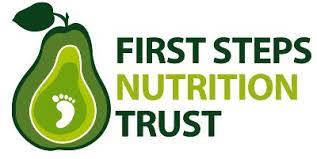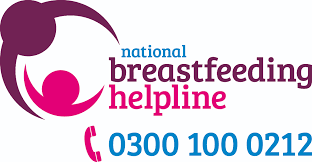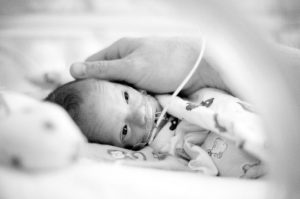 Since we last posted about the novel coronavirus outbreak in January, there has been significant spread of this virus across the world. As this is a new virus, there are still major gaps in our knowledge about whether SARS-Cov-2, the virus that causes Covid-19, is transmissible through breastmilk. From what we know of who the virus affects, children under 10, including babies, appear to develop the milder form of the disease (if affected at all). Given that maternal antibodies against viruses, including coronaviruses, are produced by cells in the breast tissue during lactation and make their way into human milk, it is likely that continued breastfeeding is important, even if mothers are affected.
Since we last posted about the novel coronavirus outbreak in January, there has been significant spread of this virus across the world. As this is a new virus, there are still major gaps in our knowledge about whether SARS-Cov-2, the virus that causes Covid-19, is transmissible through breastmilk. From what we know of who the virus affects, children under 10, including babies, appear to develop the milder form of the disease (if affected at all). Given that maternal antibodies against viruses, including coronaviruses, are produced by cells in the breast tissue during lactation and make their way into human milk, it is likely that continued breastfeeding is important, even if mothers are affected.
While the safeguards and screening processes at the Hearts Milk Bank remain sufficient as they are (1,2), given the developing situation we wanted to share what else is known. We have a strong working relationship with the European Milk Bank Association (EMBA) – Gillian was their co-founder and former President – and share EMBA’s statement published yesterday here. The section on the relevance of SARS CoV-2 to human milk donation is copied below, with permission:
“It is not yet known whether SARS CoV-2 can be found in human milk, and if found, if it could be contagious.
Other coronaviruses are destroyed by thermal inactivation3. In particular, MERS-coronavirus is inactivated in camel, goat and cow’s milk at 63°C for 30 min4. However, it should be pointed out that the few available studies simulated pasteurisation in small aliquots, a procedure that does not follow human milk bank protocols. Based on the available data on other coronaviruses it is likely that, even if SARS CoV-2 is present in breastmilk, it could also be destroyed by pasteurisation, but solid data is needed.
Taking into account the available information, EMBA recommends to add to the health questionnaires utilised to screen human milk donors, specific questions concerning the risk of being a suspected or probable case (refer to the “Case” definition on the World Health Organization website: https://www.who.int/publications-detail/global-surveillance-for-human-infection-with-novel-coronavirus-(2019-ncov)).
For example:
- Having stayed or transited in a risk zone during the previous 14 days
- Close contact with a confirmed or probable case of SARS CoV-2 infection during its symptomatic phase
- Person who worked in or attended a health care facility in which a case of SARS CoV-2 infection has been confirmed.
This makes it possible to temporarily suspend the recruitment of these mothers for 2 weeks, in order to ensure that they do not become ill during this period of time.
If an already established donor develops signs of possible SARS-Cov-2 infection (severe acute respiratory infection: cough, fever, sore throat etc.) with no other etiology that fully explains the clinical presentation, and/or reports a risk exposure in the 14 days preceding the milk donation, a rhinopharyngeal swab is recommended. Donation should be temporary discontinued until the result of the swab. If the culture is positive for SARS CoV-2, donation should be interrupted until a negative culture is found. If the culture is negative for SARS CoV-2, donation can be continued.”
To conclude, the NICE Guideline for the Operation of a Human Milk Bank (1) was developed with new infectious pathogens like the one the causes Covid-19 in mind, and is designed to keep milk banking as safe as possible. If you have any questions or concerns, and are donating or receiving donor milk, please don’t hesitate to contact the team and they will be able to help you.
References
- Weaver G et al. Recommendations for the Establishment and Operation of Human Milk Banks in Europe: A Consensus Statement From the European Milk Bank Association (EMBA). Front. Pediatr. 7:53 (2019).
- Moro GE et al. Processing of Donor Human Milk: Update and Recommendations From the European Milk Bank Association (EMBA). Front. Pediatr. 7:49 (2019).
- Duan SM et al. Stability of SARS coronavirus in human specimens and environment and its sensitivity to heating and UV irradiation. Biomed Environ Sci. 16(3):246-55 (2003).
- van Doremalen N et al. Stability of Middle East Respiratory Syndrome Coronavirus in Milk. Emerg Infect Dis. 20(7):1263-1264 (2014).

